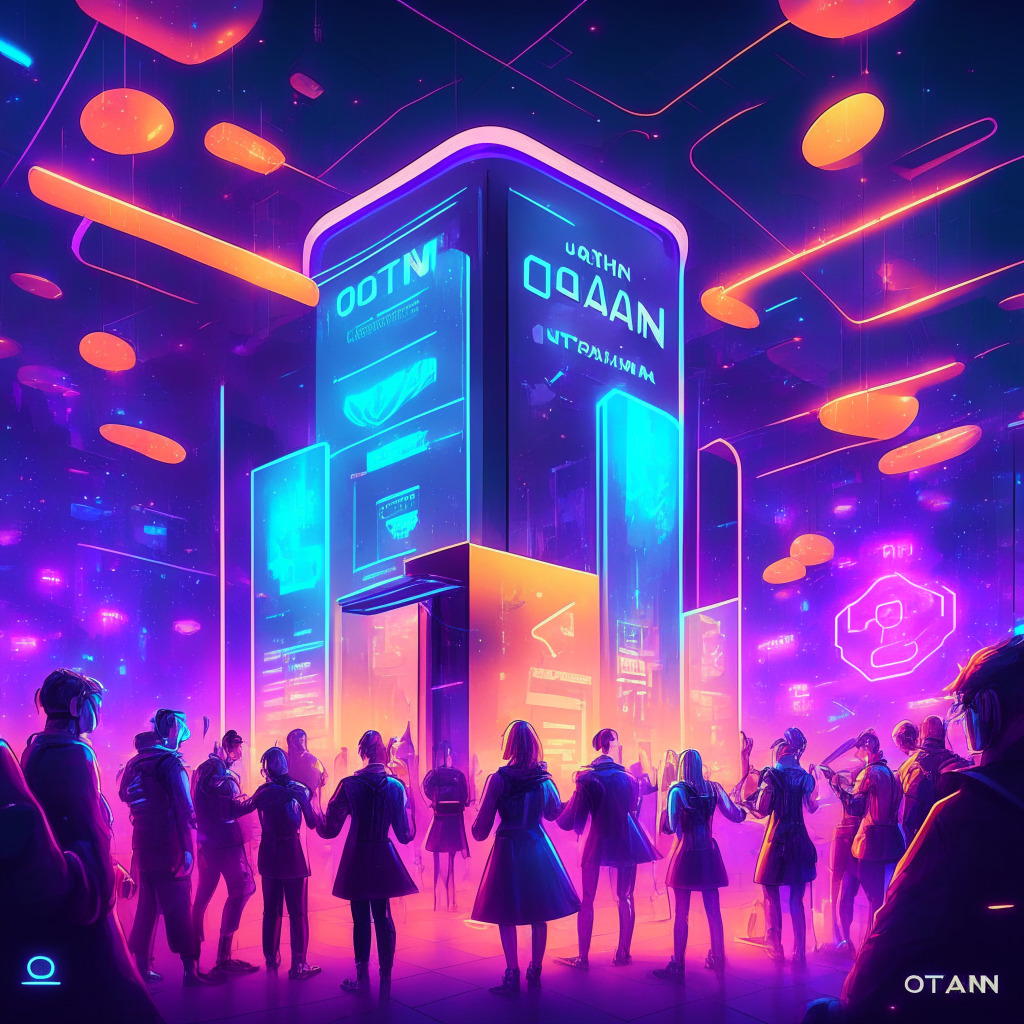Over the last few years, the world has witnessed tremendous progress in both cryptocurrency and artificial intelligence (AI) technologies. Cryptocurrency has seen major advancements in decentralized finance (DeFi), while AI has significantly improved with powerful tools like AlphaFold2 and ChatGPT. There’s a point of view that the two fields possess distinct characteristics, with crypto being libertarian and AI having centralizing tendencies.
Despite their philosophical clashes, combining the distinct approaches in security and cryptography from the crypto community might have the potential to unlock useful applications of AI while mitigating its risks. Author Allison Duettmann reasons that security and cryptography-oriented people need to step in and help with AI alignment to avoid potentially disastrous outcomes.
Artificial General Intelligence (AGI), capable of performing virtually all human tasks, needs to align with human values. However, determining and encoding these values is a challenge for AGI, as humans don’t universally agree on ethics. Furthermore, communication of these values to AI systems, that do not share human evolution, mind-architecture, or context, is another crucial challenge. Moreover, ensuring the reliability and security of AGI is a daunting task, especially considering the ever-present threats of cyber-attacks.
The collaboration of crypto and security communities could pave the way towards a multipolar superintelligence scenario, wherein networks of humans and AI securely cooperate, combining their local knowledge and creating a collective superintelligence. Moreover, these communities possess experience in red-teaming, an exercise that simulates cyber attacks to identify vulnerabilities in AI systems. Implementing red-team exercises on AI systems can inspire the development of more bulletproof solutions.
Crypto communities also have knowledge in dealing with collusion problems, avoiding scenarios where multiple AI systems collaborate to undermine human control. Additionally, the security and cryptography approaches can provide constitution-like structures to balance the power within AI systems, ensuring their proper functioning.
Aside from AI safety, crypto-security innovations can also unlock new, beneficial AI applications, especially in scenarios involving sensitive data. Techniques such as federated learning, differential privacy, and homomorphic encryption have potential in computing large datasets while maintaining privacy.
Cryptocurrency ecosystems can further help establish marketplaces for local data, incentivizing better-quality data for ML algorithms. In the long run, cryptographic methods could potentially create AI systems that are both secure and powerful. For instance, utilizing technologies like homomorphic encryption might make it possible to fully encrypt a neural network.
Despite the promising benefits of centralized AI, it has limitations, such as being susceptible to single points of failure, internal corruption, or external attacks. Cryptography also faces challenges of decentralized data storage, computational bottlenecks, and susceptibility to rogue actors. However, considering the rapid advancements in AI and the need for security-conscious individuals in the field, the collaboration of crypto and AI communities presents a world of possibilities for secure, multipolar AI systems.
Source: Coindesk




